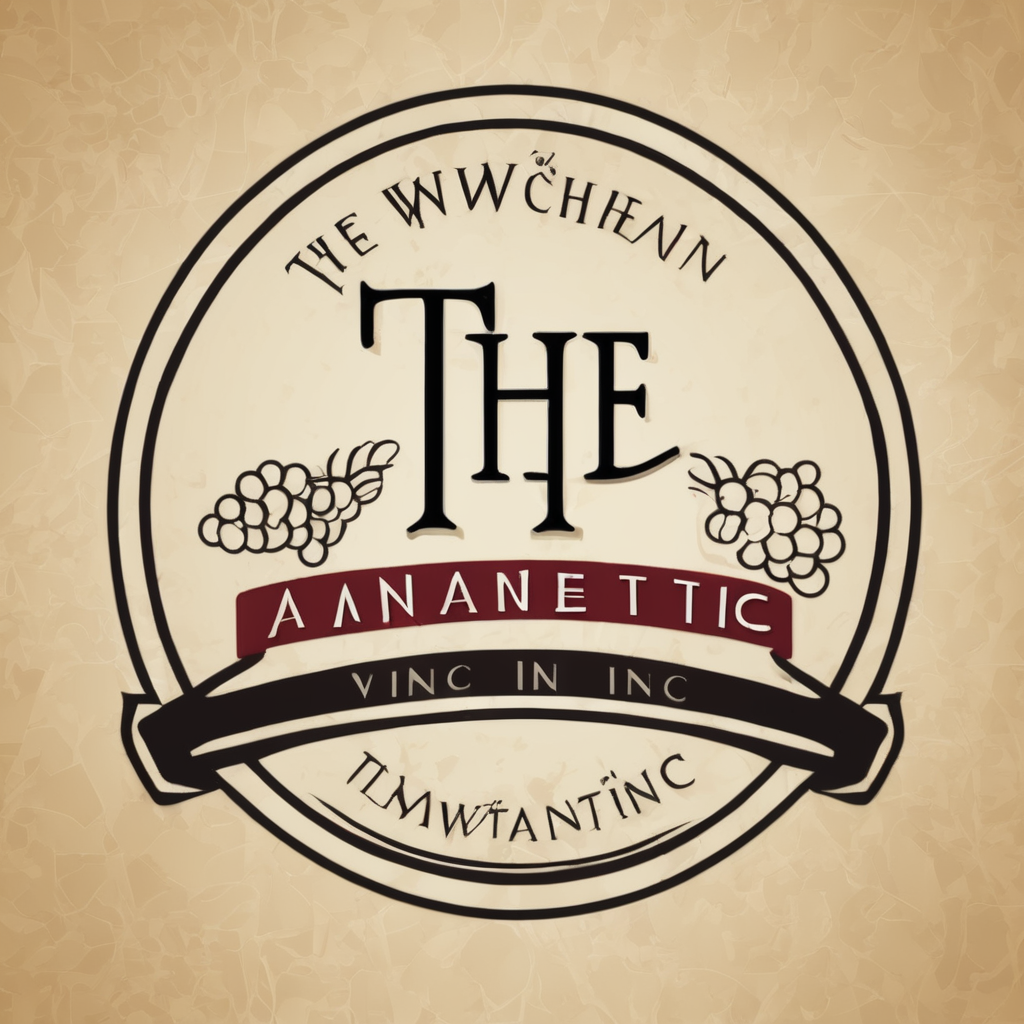Overview of Food Storage Solutions
Selecting the right food storage solutions is vital for preserving food quality and preventing waste. An effective solution ensures that foods remain fresh for longer, which maintains nutritional value and reduces spoilage. Key attributes to prioritise in food storage options are stackability and durability. These features are crucial as they influence both the practicality and longevity of the storage containers.
Stackability plays a significant role in saving space, especially in kitchens with limited storage. Containers designed to stack neatly can help maintain an organised environment. Durability, on the other hand, dictates how well a container withstands daily wear and tear over time. Durable storage containers are an investment that pays off as they reduce the need for frequent replacements.
In the same genre : Transform Your Contemporary Kitchen with the Game-Changing Perks of Touchless Cabinets
When comparing common materials used in food storage, each possesses unique advantages. Glass provides a clear view of contents and is non-porous, preventing any unwanted absorption of smells. Plastic containers are light and versatile but can be prone to staining and warping. Meanwhile, metal options, such as stainless steel, offer superior durability and can guard against contaminants, but are typically less transparent. Choosing the right material can significantly impact both the organisational potential and physical resilience of your storage solutions.
Detailed Product Reviews
When it comes to choosing the right food storage for your needs, understanding product reviews is key. Reviews provide insight into what others value, especially concerning stackable containers and durable storage.
Also read : Expert Tips for Kitchen Soundproofing: Quiet Your Appliances with Proven Solutions
Glass Containers
Glass containers are often favoured for their ability to keep food fresh without retaining odours. User testimonials frequently highlight their stackability and transparency, which help in easily identifying contents and conserving space. Brands like Pyrex and Anchor Hocking are rated highly for their quality and durability, with the latter often cited for its resistance to wear and tear over time.
Plastic Containers
Plastic offers versatility, with available sizes catering to everything from a sandwich to an entire meal. However, consumer reviews indicate a mixed response to their durability, with staining and warping being common issues. Stackability is praised, particularly in brands like Tupperware, which offers comprehensive solutions for various storage needs.
Metal Canisters
Metal canisters, especially stainless steel, are lauded for their strength and longevity. While slightly less stackable due to weight, they excel in keeping contents safe from contamination. Consumers appreciate the durability of brands like Brabantia, which boast robust, airtight designs.
Material Comparisons and Their Impact
Determining the best food storage materials requires a nuanced material comparison. Each option—glass, plastic, metal, and ceramic—offers distinct benefits, directly influencing food storage durability and stackable materials.
Glass boasts longevity, resisting stains and odours. Its transparency aids visibility, though its heavier weight may affect stackability. Plastic is lightweight, providing versatility across various sizes. Despite its affordability, its durability can be compromised by staining or warping.
Metal, particularly stainless steel, excels in durability. Offering superior protection against contamination, it generally lacks transparency and can be difficult to stack due to weight. In contrast, ceramic provides a stylish solution, yet is fragile and prone to chipping. These containers prioritize aesthetic appeal over practicality regarding weight and stackability.
The choice of material significantly affects your storage setup. For example, plastic’s lightweight nature offers easy stacking, while metal demands more deliberate placement due to weight. Opting for the suitable material will enhance both the durability and stackability of your storage solutions. This consideration ultimately maximizes your kitchen’s organisation and efficiency.
Organizing Food Storage Solutions
Efficient food organization is essential for maintaining a tidy and functional kitchen. By implementing smart storage tips, you can ensure that everything has its place. The use of stackable containers is a key strategy for maximizing space. Their design enables you to utilize vertical space effectively, especially in clutter-prone areas.
Consider organizing food items by category or frequency of use. Frequently accessed items should be within easy reach, while less-used products can be stored on higher shelves. Using clear labels on containers can also enhance accessibility, allowing you to identify contents at a glance.
Regularly updating your storage setup can keep your kitchen dynamic. Assess the condition and durability of your containers, replacing any that show signs of wear. This not only preserves order but also maintains food safety standards.
Another vital tip is to maintain cleanliness. Ensure each storage area is dry and free from spills or crumbs to prevent attracting pests. Rotate your stored food to use older items first, reducing the risk of spoilage. With these strategies, your kitchen can be both organized and efficient.
Tips for Maintenance and Care
Proper maintenance tips are crucial to prolong the lifespan of your food containers. Regular cleaning, using warm soapy water, not only ensures hygiene but also prevents food odour build-up. For glass and stainless steel, a gentle scrub is recommended to avoid scratches that might compromise durability.
To maximise durability preservation, it’s wise to avoid using abrasive sponges or harsh cleaning chemicals. Plastic containers should be kept away from high heat sources, such as microwaves, as this can cause warping, reducing their lifespan. Storing lids separate from containers helps maintain stackability while also allowing for thorough drying.
For proper usage, refrain from overfilling containers, especially in the freezer, to prevent breakage due to expansion. Handle ceramic containers with care as they are more prone to chipping. Rotation of containers in usage and storage prevents long-term strain on a singular item.
Handling and storing practices include using soft cloth liners on storage shelves to minimise surface scratching, particularly for glass containers. Ensuring that all parts of the containers are completely dry before storing is pivotal in preventing mould growth and maintaining optimal cleanliness. Adhering to these care tips promises extended utility and enhanced food safety.



